
Online Plant Science-Related Courses - Quarantine-friendly education and training in plant science, bioinformatics and methods - for researchers and students
Blog0 Comments
/
A list of plant-science-related online courses, including peripheral courses which might be useful to plant scientists e.g. bioinformatics.
Almost all the courses are free to access if you just need to access the course materials. However, if you want certification, additional costs (imposed by…
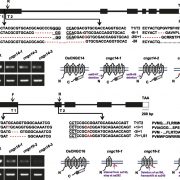
Cyclic Nucleotide-Gated Channels and Temperature Stress
Plant Physiology, Plant Physiology: On The InsideExtreme temperatures often negatively impact plant productivity. Both heat and cold induce transient Ca2+ influx into the cell cytoplasm. Cui et al. (10.1104/pp.20.00591) have investigated the function of two closely related cyclic nucleotide-gated ion channel (CNGC) proteins, OsCNGC14 and OsCNGC16,…
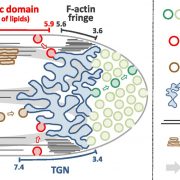
Apical Membrane Traffic In Pollen Tube Tips
Plant Physiology, Plant Physiology: On The InsidePollen tubes elongate very rapidly at rates of several micrometer per minute and strictly in one direction: this process involves the intense local secretion of cell wall material at the tube tip. Consequently, there is a massive incorporation into the plasma membrane (PM) of excess membrane material…
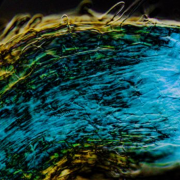
Dwarfed no longer: how one mutant can help the other
Blog, Research, The Plant Cell, The Plant Cell: In a NutshellWillems et al. establish that meristem organization and development rely on Anaphase Promoting Complex/Cyclosome-mediated breakdown of a cyclin.
Plant Cell https://doi.org/10.1105/tpc.20.00208
By Alex Willemsa,b and Lieven De Veyldera,b
aDepartment of Plant Biotechnology and Bioinformatics,…
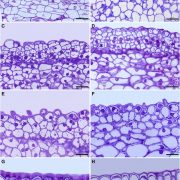
Cutin Synthesis and Deposition
Plant Physiology, Plant Physiology: On The InsideThe waxy cuticle that covers the aerial parts of leaves, fruits, and nonlignified stems of land plants is chemically heterogeneous, with lipids representing between 60% to 80% of the cuticle, depending on the plant organ and species. These lipids can be polymerized, represented by cutin, or non-polymerized,…
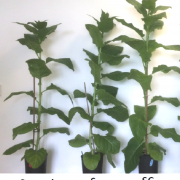
Stimulating photosynthetic processes increases productivity and water-use efficiency in the field (Nature Plants)
Plant Science Research WeeklyYield potential in crops is determined by the efficiency of photosynthetic rates, which is a critical target for improvement. Previous studies have shown that photosynthetic carbon assimilation and plant biomass can be improved by the stimulation of either regeneration of RuBP (the five-carbon sugar…
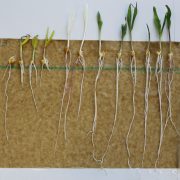
BonnMu: a sequence-indexed resource of transposon-induced maize mutations for functional genomics studies (Plant Physiol.)
Plant Science Research WeeklyLoss-of-function mutants have been invaluable tools in the geneticist’s toolbox for more than a century. More recently, libraries have been developed of knockout insertion mutants at known sites. Here, a new Mu-transposon insertion sequence-indexed maize resource is described. This new collection,…
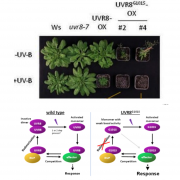
A constitutively monomeric UVR8 photoreceptor allele confers enhanced UV-B photomorphogenesis (bioRxiv)
Plant Science Research WeeklyIn response to UV-B light, the plant UV-B photoreceptor UV RESISTANCE LOCUS 8 (UVR8) monomerizes and activates, inducing UV-B acclimation and survival. Re-dimerization by REPRESSOR OF UV-B PHOTOMORPHOGENESIS 1 (RUP1) and RUP2 inactivates UVR8. In order to further clarify UVR8 pathway regulation, Podolec…
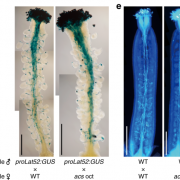
Going my own way: Ethylene-independent ACC signaling in pollen tube attraction (Nature Comms.)
Plant Science Research Weekly1-Aminocyclopropane-1-carboxylic acid (ACC) is the precursor of the phytohormone ethylene. Here, Mou and co-workers show ACC to act independent of ethylene in the ovule to attract growing pollen tubes. Mutants impaired in ACC biosynthesis had less fertilization and seed setting events. Fertilization…

